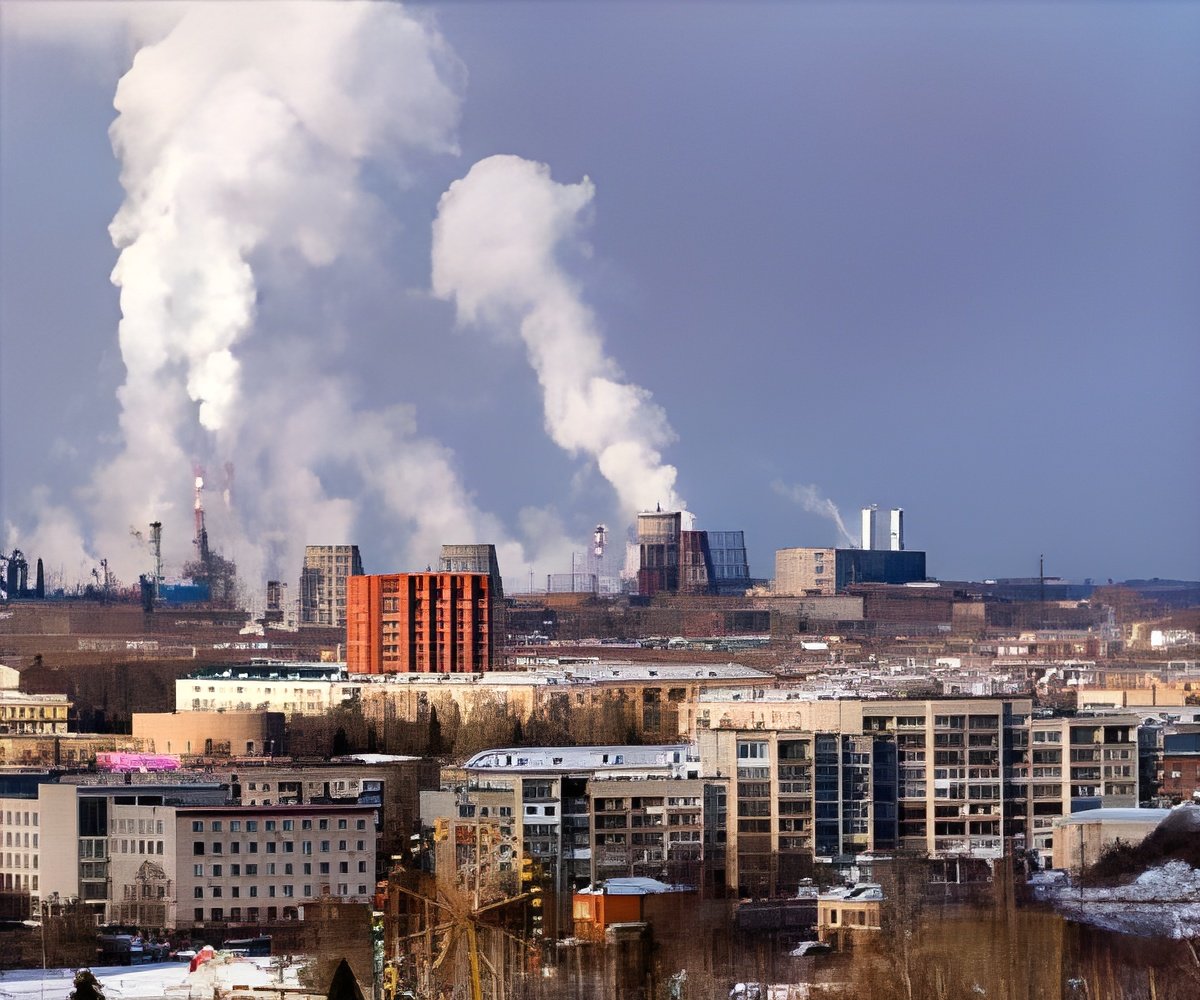
‘State and federal regulatory policies may not be health protective for populations residing near O&G (oil and gas) facilities as they seem to be. These health risk assessment results can be used for informing policies and studies aimed at reducing health effects associated with air pollutants emitted from O&G facilities.’
Tweet it Now
The study, led by the Colorado School of Public Health at the University of Colorado Anschutz Medical Campus, used ambient air samples to estimate and compare risks for four residential scenarios. They found the lifetime cancer risk of those living within 500 feet of a well was eight times higher than the EPA's upper-level risk threshold."We found that air pollutant concentrations increased with proximity to an oil and gas facility, as did health risks," the study said. "Acute hazard indices for neurological, hematological and developmental health effects indicate that populations living within 152 meters (500 feet) of an oil and gas facility could experience these health effects from inhalation exposures to benzene and alkanes."
The cancer risk estimate of 8.3 per 10,000 for populations living within 500 feet of an oil and gas facility exceeded the U.S. EPA's 1 in 10,000 upper thresholds, according to a study.
"Our results suggest that Colorado's current regulations that specify a 500 foot distance between a newly drilled oil and gas well and an existing home may not protect people from exposures to hazardous air pollutants that could impact their health," said the study's lead author Lisa McKenzie, PhD, MPH, of the Colorado School of Public Health. "Our previous work shows that thousands of people along the Front Range of Colorado live closer than 500 feet from a well and related infrastructure and that the population living close to these facilities continues to grow."
The previous study examined the expansion of oil and gas wells along Colorado's Northern Front Range. In the Denver Julesburg Basin, the industry is rapidly growing along with housing construction. As a result, 19 percent of the population or about 356,000 people, live about a mile from an active oil and gas site.
Advertisement
The study focused on the emission of non-methane hydrocarbons (NMHCs) that the wells emit into the air. These include benzene, toluene, ethylbenzene and xylenes, all considered hazardous.
Advertisement
The researchers noted that due to high atmospheric stability, nighttime emissions do not disperse as easily as they do during the day. That means benzene levels might be twice as high at night compared to daytime levels.
"The study provides further evidence that people living close to oil and gas facilities are at the greatest risk of acute and chronic health issues due to air pollutants emitted by those facilities," said study co-author Pam Milmoe, Boulder County Public Health Air Quality Program Coordinator. "The results underscore the importance of having policies that require effective monitoring and reducing emissions from oil and gas facilities, particularly those near homes, schools, and recreation areas."
Previous studies in Colorado observed that infants with congenital heart defects and children diagnosed with leukemia are more likely to live in the densest areas of oil and gas wells. Studies in Pennsylvania and Texas found associations between fetal death, low birthweight, preterm birth, asthma, fatigue, migraines and chronic rhinosinusitis and proximity to oil and gas wells.
The study acknowledged substantial uncertainties and the need for more research. Nonetheless, there is considerable evidence that benzene can cause cancer in those who work in and around it, but less evidence about its impact on non-occupational populations. The researchers also noted that air pollutants from other sources could contribute to the elevated risks, but stressed that because risks increased with proximity to wells mitigation strategies should focus on controlling emissions from oil and gas facilities.
Source-Eurekalert












